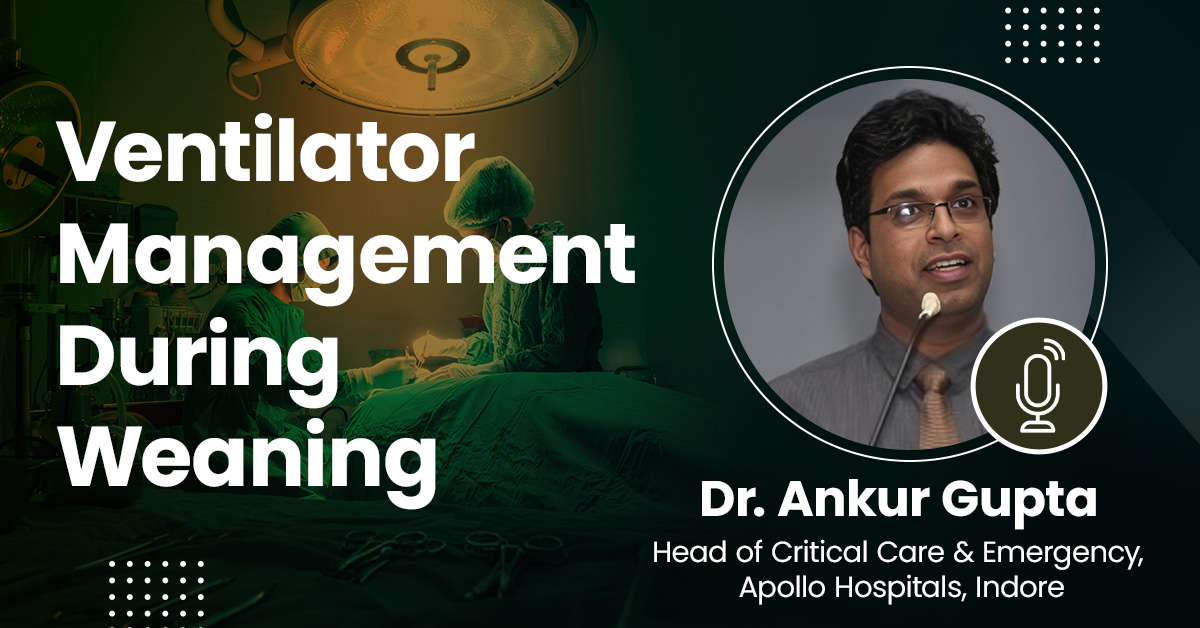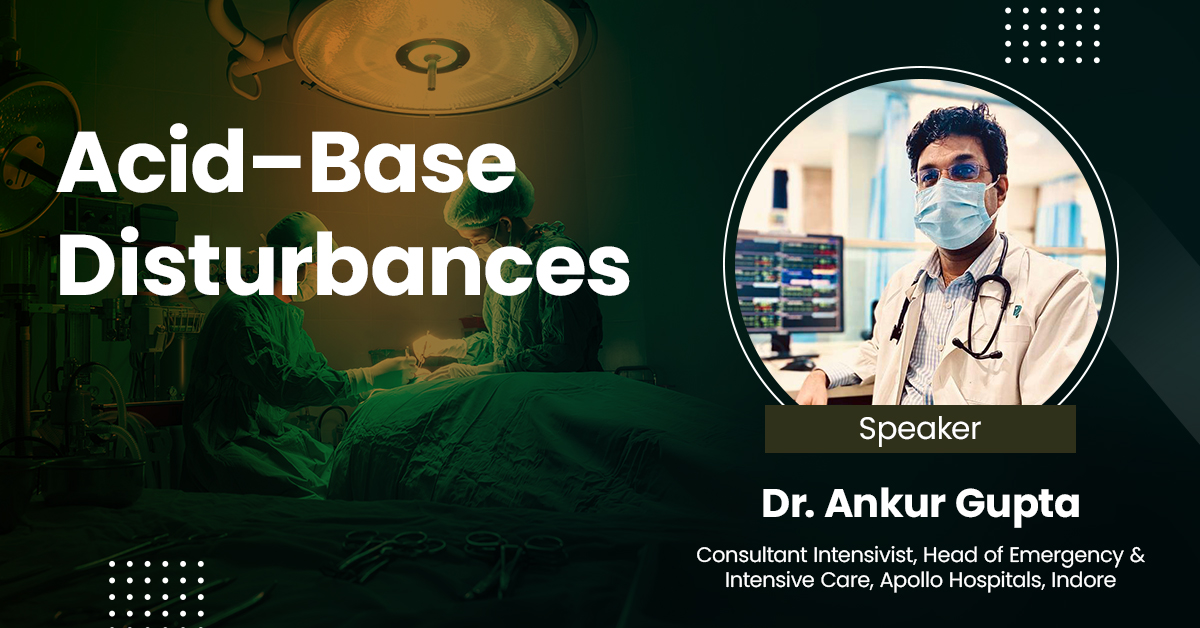- 193.9k views
Ventilator Basics: Key concepts
A ventilator is a medical device used to support or replace a person's breathing when they are unable to do so effectively on their own. Ventilators deliver a mixture of oxygen and air to the patient's lungs, either through a tube inserted into the windpipe or through a mask placed over the nose and mouth. The key concept behind ventilators is mechanical ventilation, which involves the use of positive pressure to push air into the lungs and facilitate the exchange of oxygen and carbon dioxide. Ventilators have various modes of operation, including volume-controlled ventilation, pressure-controlled ventilation, and pressure-support ventilation, among others. Volume-controlled ventilation delivers a set volume of air with each breath, while pressure-controlled ventilation delivers air at a set pressure. Positive end-expiratory pressure (PEEP) is a crucial concept in ventilator use, as it helps maintain lung recruitment and prevent collapse of the alveoli during exhalation. Ventilators also have adjustable parameters such as respiratory rate, tidal volume, inspiratory time, and FiO2 (fraction of inspired oxygen) to meet the patient's specific needs. Ventilators can provide both invasive ventilation, where a tube is inserted into the airway, and non-invasive ventilation, which is delivered through a mask or nasal interface.
About the Speaker

Dr. Ankur Gupta
Consultant Intensivist, Head of Emergency & Intensive Care , Apollo Hospitals, Indore.
Upcoming Case Discussions
Impact of Endometriosis on Fertility
Endometriosis, a condition where endometrial-like tissue grows outside the uterus, can significantly impact fertility. It causes inflammation, scarring, and adhesions that may distort pelvic anatomy, block fallopian tubes, and impair ovarian function. Endometriosis is also linked to hormonal imbalances and poor egg quality, reducing the chances of conception. Symptoms like chronic pelvic pain and painful intercourse further complicate fertility. Diagnosis often requires laparoscopy, while management includes pain relief, hormonal therapy, and assisted reproductive techniques like IVF. Early intervention with medical or surgical treatment can improve reproductive outcomes, but severe cases may necessitate advanced fertility treatments for conception.
Hyperlipidemia: From Diagnosis to Treatment
Hyperlipidemia is a condition characterized by elevated levels of lipids, such as cholesterol and triglycerides, in the blood, which can increase the risk of cardiovascular diseases. Diagnosis typically involves blood tests measuring lipid profiles, while treatment focuses on lifestyle changes, such as diet and exercise, alongside medications like statins to manage cholesterol levels and reduce cardiovascular risk. Regular monitoring is essential for effective management and prevention of complications.
Acne: Disorders and Treatment Approaches
Acne is a common dermatological condition caused by clogged pores, excess sebum production, bacterial growth, and inflammation. It can manifest as blackheads, whiteheads, papules, pustules, or cysts, often leading to scarring if untreated. Various factors, including hormonal changes, diet, stress, and genetics, influence its severity. Treatment approaches range from topical and oral medications, such as retinoids, antibiotics, and hormonal therapy, to advanced procedures like chemical peels and laser therapy. A personalized skincare regimen, along with lifestyle modifications, plays a crucial role in managing and preventing acne.
Lung Ultrasound in Acute Respiratory Failure
Lung ultrasound has emerged as a vital, non-invasive tool in the rapid assessment of acute respiratory failure. It provides real-time imaging to differentiate conditions like pneumonia, pulmonary edema, pneumothorax, and pleural effusion with high accuracy. Compared to traditional chest X-rays, lung ultrasound offers superior sensitivity, especially in critically ill patients where bedside evaluation is crucial. Its ability to guide immediate clinical decisions improves patient outcomes and reduces unnecessary radiation exposure. With standardized protocols like the BLUE (Bedside Lung Ultrasound in Emergency) protocol, it enhances diagnostic efficiency in emergency and ICU settings.
Gallstone Disease & Cholecystitis: When to Operate?
iGallstone disease and cholecystitis are common conditions requiring careful evaluation to determine the need for surgery. Symptomatic gallstones causing recurrent pain, nausea, or complications like cholecystitis often necessitate cholecystectomy. Acute cholecystitis, characterized by inflammation, fever, and right upper quadrant pain, typically requires early surgical intervention to prevent complications like perforation or sepsis. In high-risk patients, conservative management with antibiotics and drainage may be considered. Elective surgery is recommended for asymptomatic patients with high-risk factors, such as large gallstones or gallbladder polyps, to prevent future complications.








